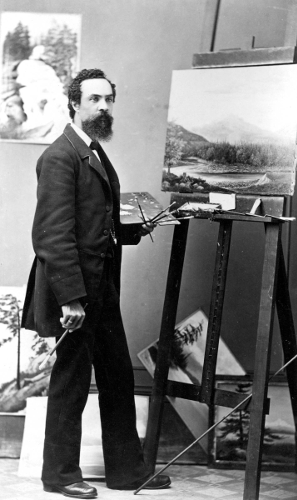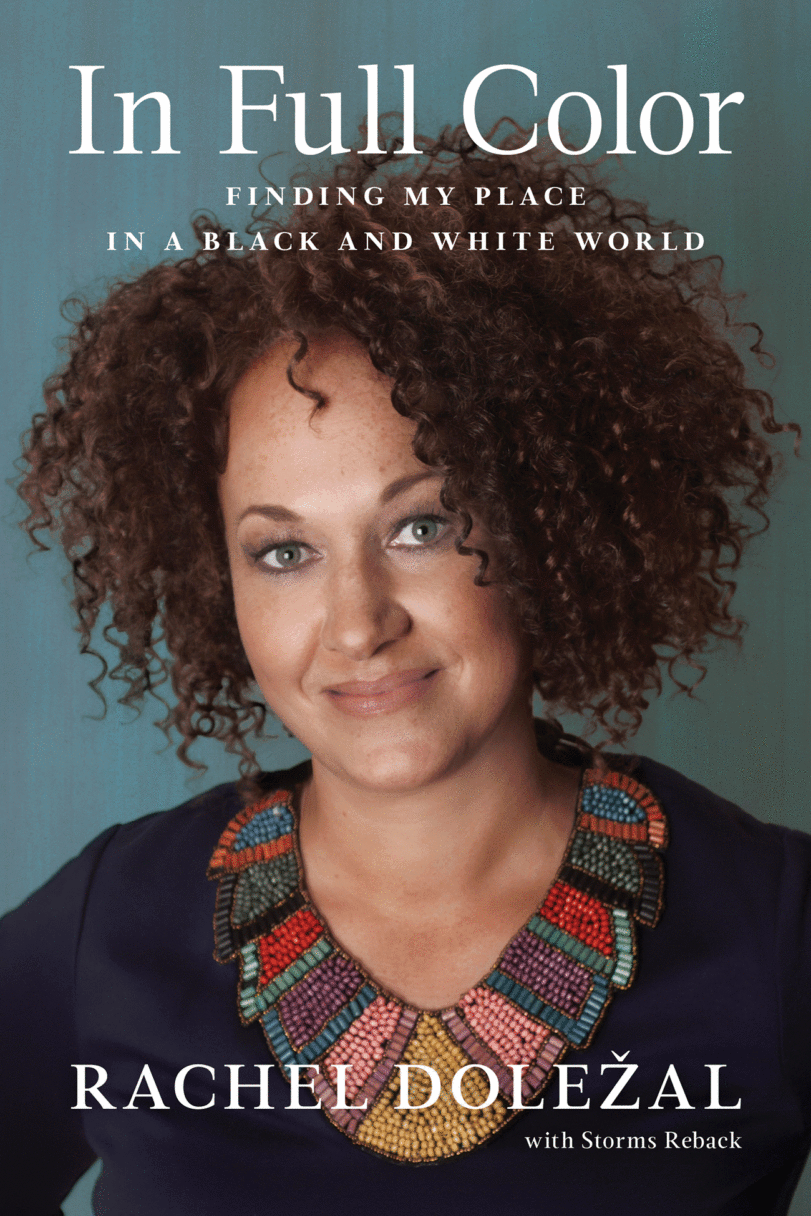Lost Boundaries (1949)Posted in Articles, Book/Video Reviews, Media Archive, Passing, United States on 2017-03-11 23:51Z by Steven |
Visual Parables: A leading resource for faith-and-film reviews and study guides
2014-05-24
Not Rated. Running time: 1 hour 39 min.
Our content rating (1-10): V 0; L 1; S/N 1.
Our star rating (1-5): 4
Philip Roth’s novel and the film made from it, The Human Stain, were both very much on my mind when I came across at a Hollywood Video store the video of this 1949 film about a “Negro” man and his wife who pass for white for twenty years. Seeing that its producer also was the producer for Martin Luther, I felt that I was led to this discovery, and so purchased it. Turns out this is a good film, based on “a true story” from Reader’s Digest. Made in the same year as the other film exploring the same theme, Pinky, Lost Boundaries is not as well known, possibly because the former boasts a better-known director (Elia Kazan) than Alfred L. Werker and a far more star-studded cast (Jeanne Crain, Ethel Barrymore, Ethel Waters and William Lundigan. The star of Lost Boundaries was the debut film of an actor who would go on to renown, Mel Ferrer. Like Jeanne Craine, Ferrer was a white playing a Negro, standard Hollywood procedure, even for major Asian roles, as in The Good Earth or Shangri La…
Read the entire review here.




